I’ve long been an advocate of the idea of continuous learning. After all, just because you have taken a two-week piano class or taken an eLearning course on water skiing does not make you an expert in either. They simply form the foundation for further learning. They become the impetus to launch you into a continuous learning mode. At least, they should. Often after taking a class or perusing an eLearning course, without practice the foundation erodes away quickly. Practice can come in many forms, but most of the time we have been left to our own devices to find our own ways to practice. Figure 1 illustrates the problem.
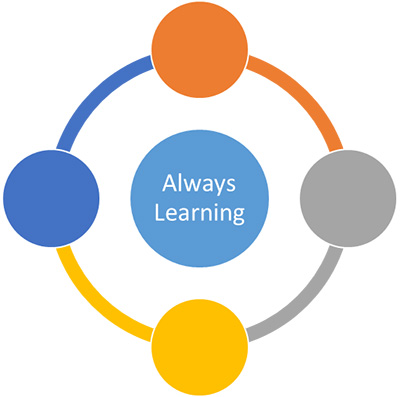
Figure 1: “Never stop learning” is a good slogan, but we are left to our own devices to figure out how
Most eLearning development tools try to squeeze in many features so that you have a lot of flexibility to create almost any kind of learning approach. The flexibility they offer, as should be clear from my many tool reviews, varies greatly.
Expanding the definition of an eLearning development tool
However, there has been a trend in the last few years of new tools that instead focus on one particular means of learning or practice. In so doing, they are very strong in their focus areas but not in general-purpose creation of eLearning. I see these as the difference between a person who is a generalist and one who is a specialist. A generalist is very valuable day to day, but a specialist is sometimes the best bet to solve a problem. In some cases, these specialist tools can be used on their own. In most, they serve as an excellent means of supplementing an eLearning or classroom course to help guarantee that learners will have the means to build rapidly upon what they’ve learned.
As an example, you might create an eLearning lesson on good management skills that covers all the topics that one must know to become a good manager. It contains various lessons, all of which I hope are interactive and engaging, to help the would-be manager learn how to communicate well with team members. It uses case-based scenarios, which of course are set up in advance and which posit a challenge that the learner must solve by choosing from various options. This is good foundational learning that tries to simulate real-life managerial challenges and how to solve them.
So what happens when the learners finish the course? Now they are better prepared to understand the whys and wherefores of good management skills, and they’ve practiced communicating with team members using some excellent canned scenarios of common problems. But … before we unleash the newly anointed managers on unsuspecting teams, is this enough?
Wouldn’t it be better if they got a chance to practice with someone who has an excellent reputation as a manager and who has been managing people for a while? Proactive managerial candidates may seek out Susan or Peter to ask their advice, but most won’t. They’ll make many mistakes on their way to garnering a similar excellent reputation, or they’ll fail entirely and find themselves demoted or fired.
Therefore, after learners have finished an eLearning course, it would be nice if we could ensure that the learners meet with Peter or Susan. They’re busy people, but perhaps we could get them to help—not in a live meeting but in an asynchronous manner, such as email or Twitter.
Let’s rehearse

Better yet, why not look at using Rehearsal.com? This online tool lets learners focus on practice, practice, practice. Its main focus is to help people practice their communication skills, which are skills that just about anyone in the workplace needs to improve, and not just managerial candidates. We can all attest to how often we encounter bad customer service when talking to vendors, store employees, tech support personnel, and others. Why aren’t they hearing us? Why aren’t they able to understand us? We ourselves can certainly sometimes be guilty of communicating poorly with others, if for no other reason than we’re tired or feeling overwhelmed.
The site sets up and provides a dialogue with a real person. You may use it without having learners take a more traditional foundational eLearning course, but in my view it is best used to help learners practice after they’ve learned the fundamentals. To really help someone to develop communication skills, you need a real human being, an instructor, who can evaluate a learner’s attempt to communicate. Some things are still best done by humans, such as evaluating nuance, facial expressions, etc.
Here’s how Rehearsal works.
1. Learners, expert mentors, and the administrator access Rehearsal. It’s a nice, clean interface that I found easy to navigate (Figure 2).
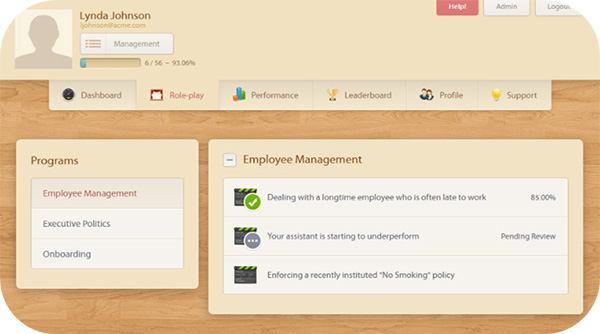
Figure 2: The Rehearsal.com user interface
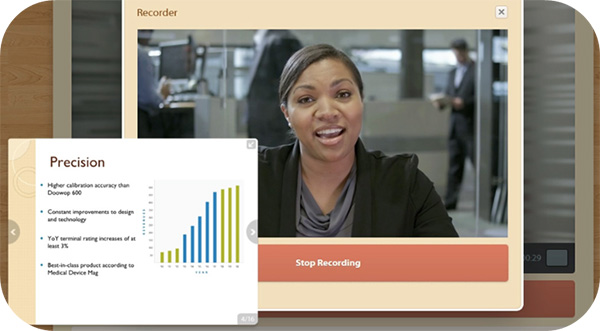
Figure 3: Learners respond to video or text scenarios, which can be synchronized with a PowerPoint presentation
Confidence level: 8/10
Tone/demeanor: 9/10
Ability to get to the heart of the problem: 8/10
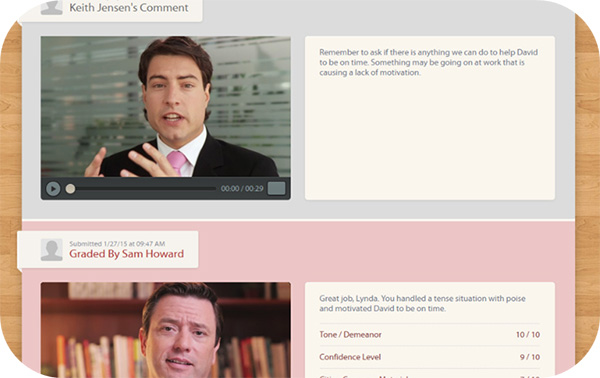
Figure 4: Mentors may choose to provide a video response as well as text
Using the live human mentor can lead to continuous learning, in which challenges and practice occur on a continuous basis both for new hires and for veteran workers needing to learn new techniques.
Analyze this … and that
If you know me even a little, you know that I’m a big believer in analytics, making sure that you know if the learning is working or not. I’m pleased that in Rehearsal you can, at any point, analyze how your team is doing and filter by student, group, or scenario (Figure 5).
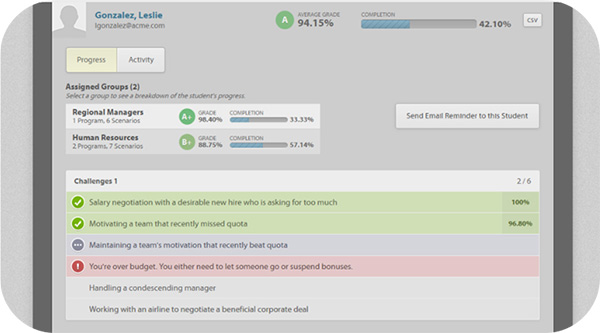
Figure 5: Rehearsal provides analytics
Follow the leader
What I really like about this tool is that the learner may be in Kansas while the mentor may be in Tasmania. The coaching is not done in real time, which would require that both be online at the same time, but instead in back-and-forth practice sessions. The process can be made formal or close to ad hoc. It can last a short time or continue for months.
Mentors and instructors can take the best videos provided by learners and place them on a leaderboard, where other team members can watch them to see the best responses to a scenario. They can also use the library of response videos as a way of learning from their peers while preparing their own responses (Figure 6).
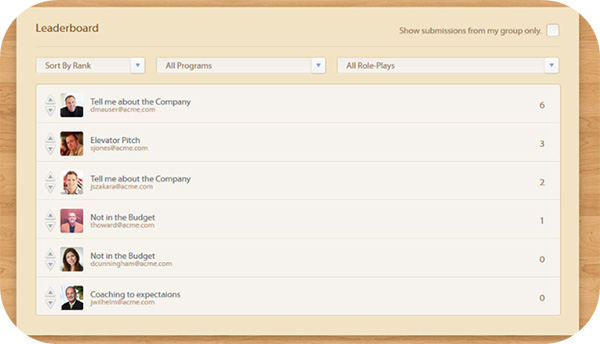
Figure 6: Rehearsal provides a leaderboard so that team members can watch the best responses to a scenario
More good features
- In Rehearsal, you can include PowerPoints that contain the scenarios.
- Rehearsal works on any computer or smart mobile device.
- You can integrate Rehearsal with most learning management systems so it can supplement all of the other learning available there.
- There is a user management area where you can establish roles for each user in a hierarchy so that each user will be able to provide different learning paths and perform different functions.
But remember …
- Rehearsal doesn’t let you create traditional eLearning as you can with Adobe Captivate, Trivantis Lectora, Articulate Storyline, or any of the other dozens of authoring tools, so don’t expect it to let you create screen recordings or have pools of questions for quizzing.
- You can’t have live role-play with Rehearsal. It is all about back-and-forth asynchronous exchanges, so it doesn’t replace webinar tools, Skype, or Google+.
- It’s best to have a fast Internet connection because, after all, we’re dealing with videos. Rehearsal does let you record your videos offline and upload them when ready, so you do have the ability to finesse your videos.



